04 Apr
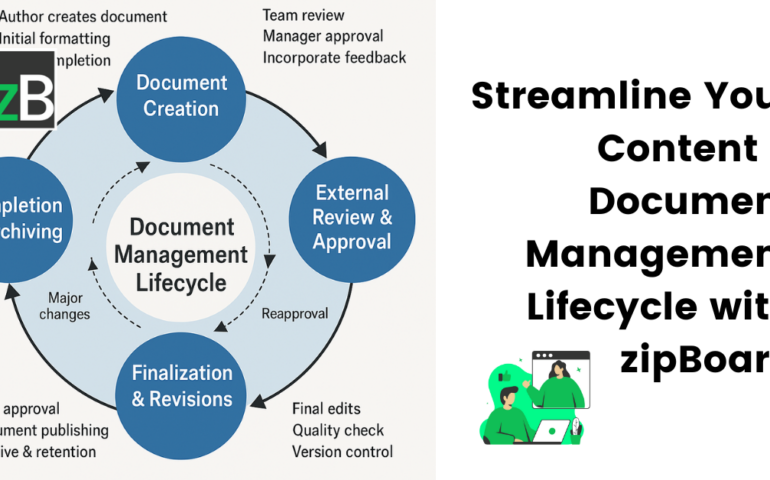
Streamline Your Content & Document Management Lifecycle with zipBoard
Managing the document lifecycle efficiently is a challenge for many teams. According to a 2024 AIIM report, organizations estimate that 67% of their unstructured data resides in cloud storage—yet only 4% report any reduction in management costs. As AI and automation initiatives accelerate, unstructured content continues to pose significant challenges, particularly around security, compliance, and
28 Feb
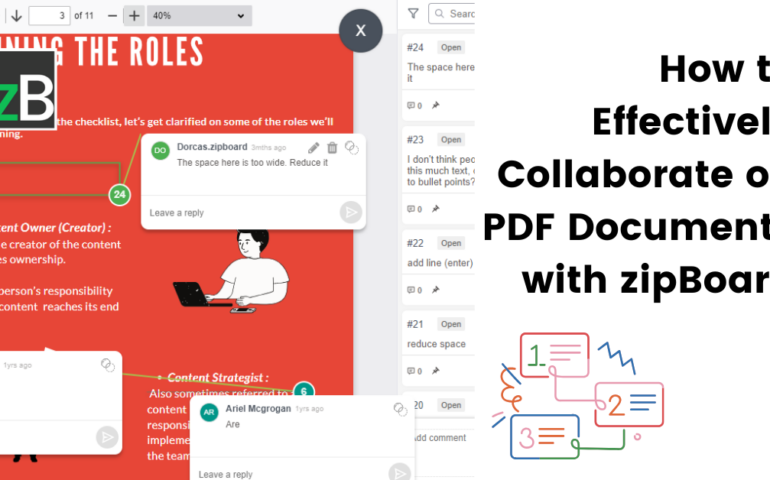
How to Effectively Collaborate on PDF Documents with zipBoard
Over 2.5 trillion PDFs are created annually, making them one of the most widely used file formats in professional settings. PDFs remain the industry standard due to their format preservation, security, and universal compatibility. This makes them the preferred choice for sharing important documents with multiple stakeholders. Owing to this, seamless PDF collaboration is essential
24 Feb

How to Draw on a PDF: Free & Paid Methods for PDF Markups and Annotations
Whether for reviewing contracts, marking up blueprints, providing creative feedback, or simply making notes on reports, drawing on a PDF is essential for professionals across industries. Traditionally, this process involved printing documents, marking them up by hand, and scanning them back—an inefficient and time-consuming workflow. While tools like Adobe Acrobat offer markup features, many users
22 Nov

Free Technical Document Review Checklist: Streamline Your Workflow Today!
A well-developed technical documentation ensures that information in your software user manuals, API documentation, or product specifications is conveyed clearly and effectively. This helps maintain consistency, accuracy, and usability and enhances the overall user experience. However, creating and maintaining high-quality documentation comes with its challenges. Common issues include version control, unclear feedback, and missed errors.
12 Nov
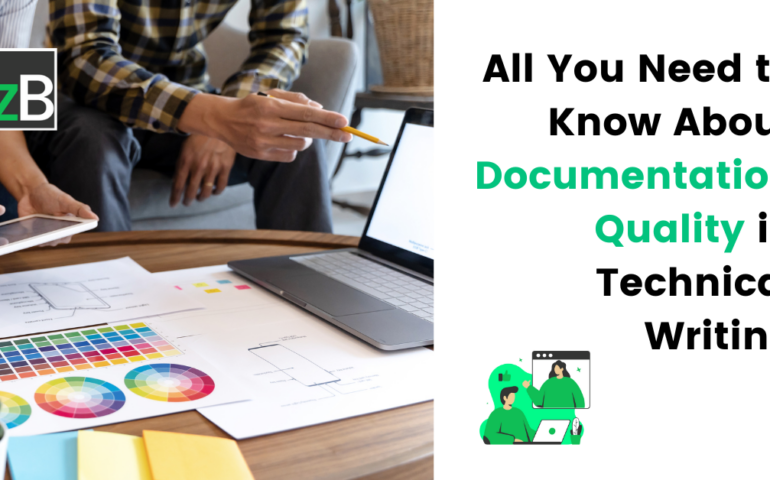
All You Need to Know About Documentation Quality in Technical Writing
Technical writers often have questions about ensuring documentation quality: “What does a good documentation look like?” “What metrics do I use to measure document quality?” And so on. Whether you’re a technical writer, documentation specialist, or documentation manager, the success of your documentation projects hinges on the quality of the documents you produce. High-quality documentation
31 Oct
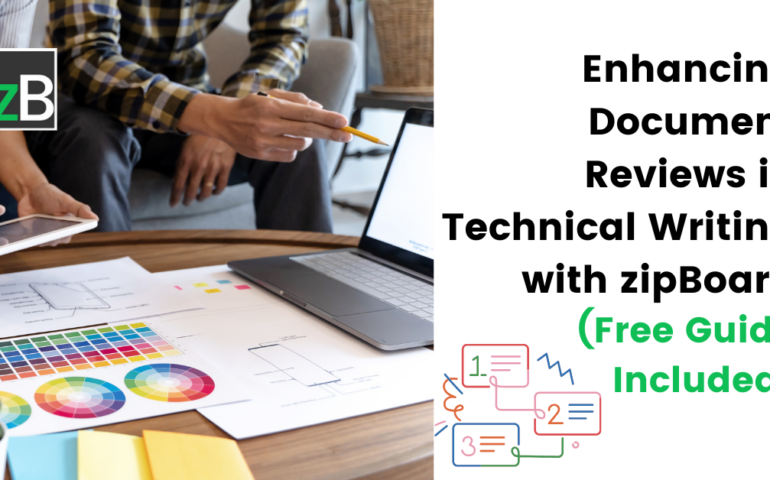
Enhance Document Reviews in Technical Writing with zipBoard
Free Document Review Process PDF Guide One of the most common challenges in technical writing is the delay in obtaining feedback from SMEs and other relevant stakeholders in the document review process. These delays often result in extended project timelines, increased costs, and compromised document quality. Setting up a well-defined technical document review process and
21 Oct
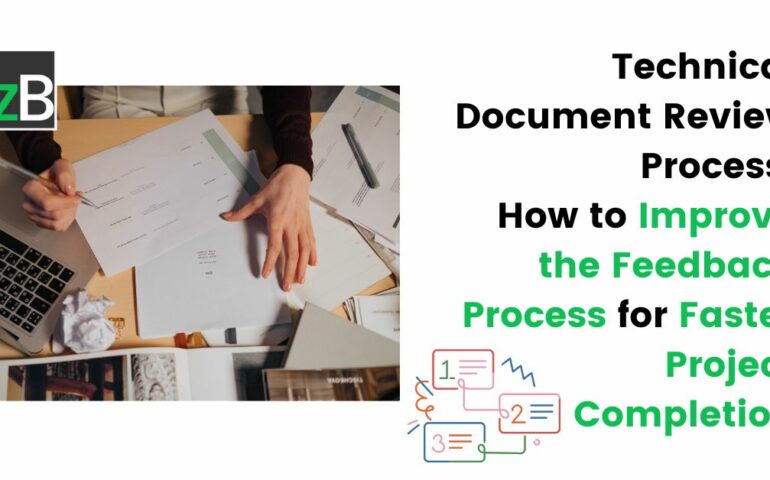
Technical Document Review Process: How to Improve the Feedback Process for Faster Project Completion
Many documentation teams struggle with fragmented feedback, context switching, multiple feedback loops, and time-consuming follow-ups, which can significantly hinder the technical document review process, increase inconsistencies, and delay project completion. This article sheds light on the common challenges technical documentation teams face in the document review process. It provides solutions on how you can overcome
16 Aug
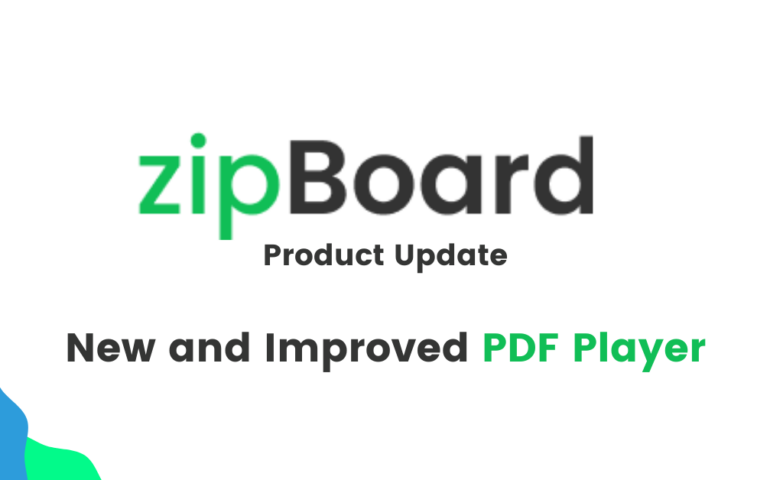
Streamline PDF Reviews with zipBoard’s Improved PDF Markup Tool
Reviewing complex designs and construction drawings is crucial to ensure errors are resolved in time to avoid costly rework and project delays. AEC teams cannot rely on limited PDF markup tools to cater to the complexities of the construction documents they deal with, hence the need for robust document markup tools, allowing for a seamless
18 Jul
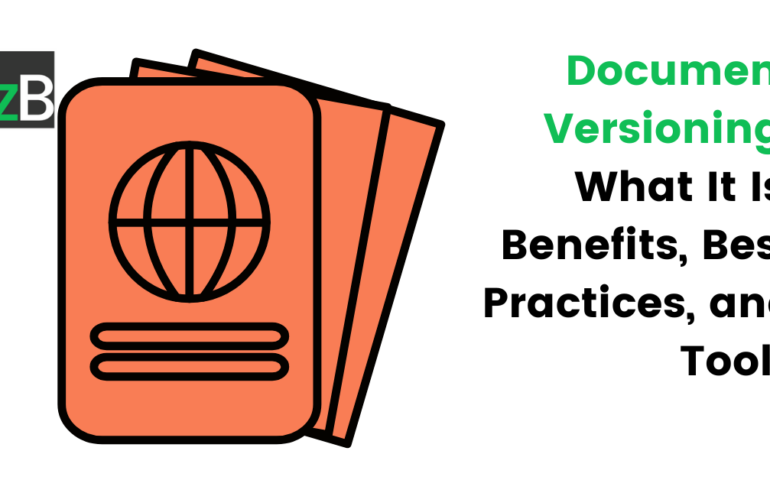
Document Versioning: What It Is, Benefits, Best Practices, and Tools
During reviews and approvals, the struggle with multiple document versions is all too real. Stakeholders provide feedback, edits are made, and suddenly you’re juggling a confusing mess of “Report_Final_v3” and “Design_Prototype_v2.” This chaos can derail project timelines and lead to frustration across your team. The good news? Document versioning helps you deal with this. Document
05 Sep

Seven Benefits of Cloud-Based Document Management
The pandemic forced many businesses to accelerate their digital transformations, with paper files becoming a hindrance as more employees worked remotely. Since then, many companies have retained a remote or hybrid working model. As a result, cloud-based document management has seen an upsurge in popularity. A cloud document management system has an array of advanced
